The Internet of Things (IoT) has emerged as a game-changer in the age of technological advancement, bridging the gap between the physical and virtual worlds in ways previously unimaginable. IoT involves a network of linked devices, sensors, and systems that interact and exchange information effortlessly. This shift in technology is transforming industries, improving productivity, and ushering in a future where ordinary objects play roles in a connected environment.
What is the Internet of Things?
The Internet of Things, or IoT, is a system of interconnected computing devices that can collect and transfer data over a wireless network without human intervention. It is the process of connecting everyday physical items to the Internet, from common household objects, such as light bulbs, to healthcare resources, such as medical devices; smart clothing and personal accessories; and even smart city systems.
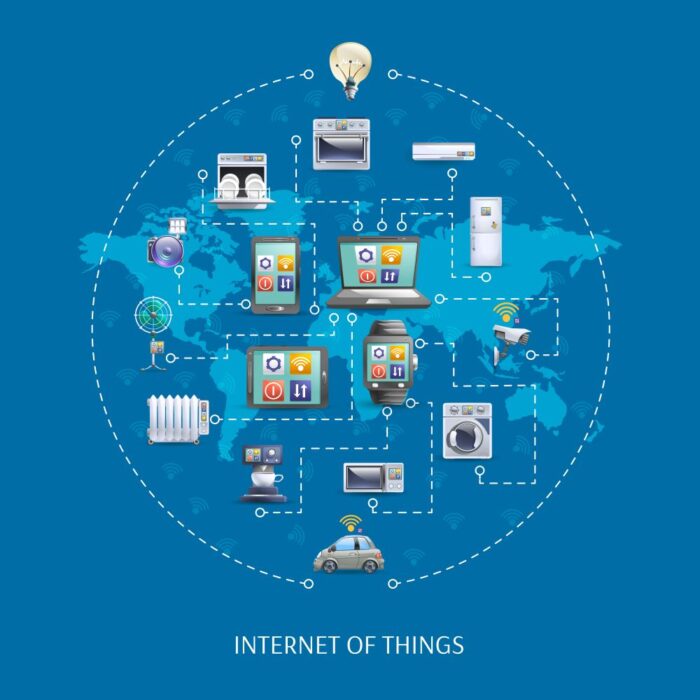
How does the Internet of Things work?
An IoT system includes sensors and devices that communicate with the cloud through some form of connectivity. Once the data reaches the cloud, software processes it and decides to take action, such as adjusting the sensors or devices, without the user having to intervene or send an alert. A complete IoT system consists of four distinct elements. User interface, data processing, networking, and sensors or devices.
- Sensors/Devices
These collect data from their environment. A device can have several sensors; for example, a smartphone contains a GPS, a camera, an accelerometer, etc. Essentially, the sensor(s) collect data from the environment for a specific purpose. - Connectivity
Once the device has collected the data, it must send it to the cloud. It does this in a variety of ways: Wi-Fi, Bluetooth, satellite, low-power wide area networks (LPWAN), or connecting directly to the Internet via Ethernet. The IoT application will determine the exact connectivity choice. - Data processing
Once the data reaches the cloud, the software processes it and can decide whether to take action. This can entail sounding a warning or modifying the sensor or gadget on its own without requiring user input. However, sometimes the user needs to intervene, and that’s where the user interface comes into play. - User interface
If the user needs to intervene or wants to check the system, a user interface allows them to do so. Any action performed by the user is sent back in reverse by the system. From the UI to the cloud and back to the sensors and devices to make the requested change.
Protocols used by web-enabled devices vary depending on each IoT application. Increasingly, IoT uses artificial intelligence (AI) and machine learning to make data collection processes easier and faster.
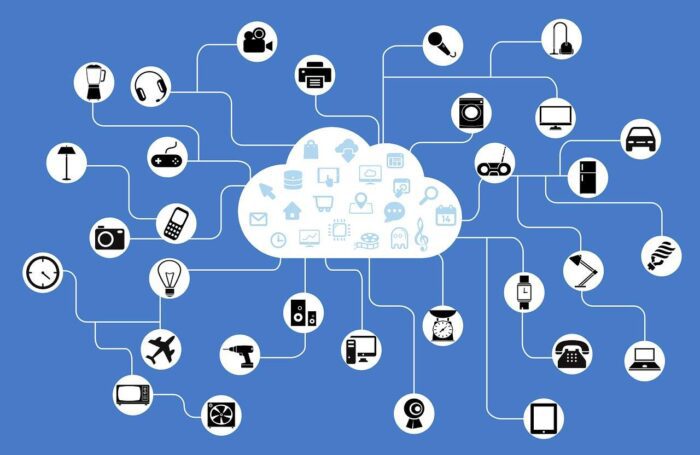
Applications of the IoT:
- Connected accessories
Wearables are perhaps the most visible aspect of IoT for the everyday user. These include of virtual reality headsets, smart watches, smart glasses, fitness trackers, and more. - Smart homes
A smart home system connects to devices to automate particular tasks and is usually controlled remotely. Examples of IoT devices in smart homes include wireless kitchen appliances, mood-sensing music systems, smart lighting, motorized blinds, automated doors and windows, smart electricity meters, etc. - Smart cities
Smart cities use IoT devices, such as connected sensors and meters, to collect and analyze data. This data can be used to improve infrastructure, utilities, and other services. - Self-driving cars
Self-driving cars are typically equipped with an IoT-based technology system that shares information about the vehicle itself and the road it is traveling on. Data relating to traffic, navigation, the external environment, and more is collected and analyzed by the car’s computer systems to enable it to drive autonomously. - Retail
Retail uses of the Internet of Things are growing. Include robotic staff, customised discounts, smart shelves that alert retailers to stock shortages, automated checkouts, and efficient supply chain management. - Telehealth
Telehealth, sometimes called telemedicine, refers to the delivery of health services using technology. The Internet of Things, or IoT as it is commonly referred as, is a crucial component of telehealth. For instance, video consultations with specialists, digital transmission of medical images, and remote medical diagnosis.
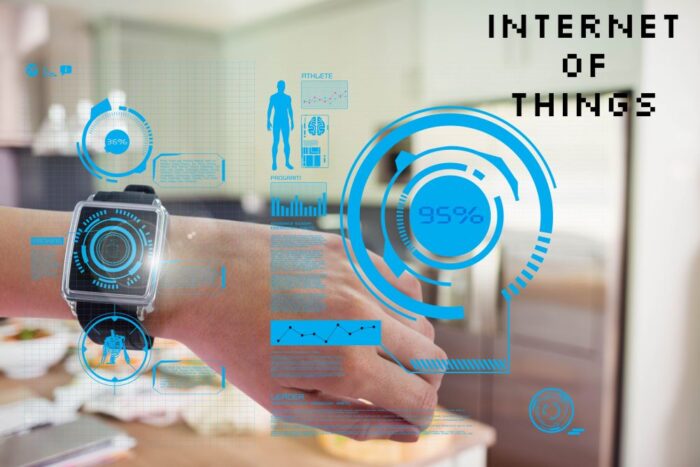
Benefits of the Internet of Things (IoT)
- Efficiency: Machine interactions improve efficiency and free up time for people to focus on other tasks.
- Automation: Automation leads to the standardisation of tasks, which can improve the quality of services and reduce the need for human intervention.
Challenges of the Internet of Things (IoT)
Even though the possibilities of IoT are vast, there are obstacles to overcome. Security worries, privacy matters, and the ability of devices and systems to work together are factors to take into account. As more devices link up with each other, dealing with these challenges becomes crucial for ensuring the advancement of IoT.
Conclusion
The Internet of Things isn’t merely a passing tech fad; it’s a game-changing force that’s altering how we go about our lives, jobs, and connections with the world around us. As the IoT progresses, its influence on sectors, communities, and people will be significant. Embracing this era of connectivity ushers in possibilities for creativity, productivity, and a knit global community.
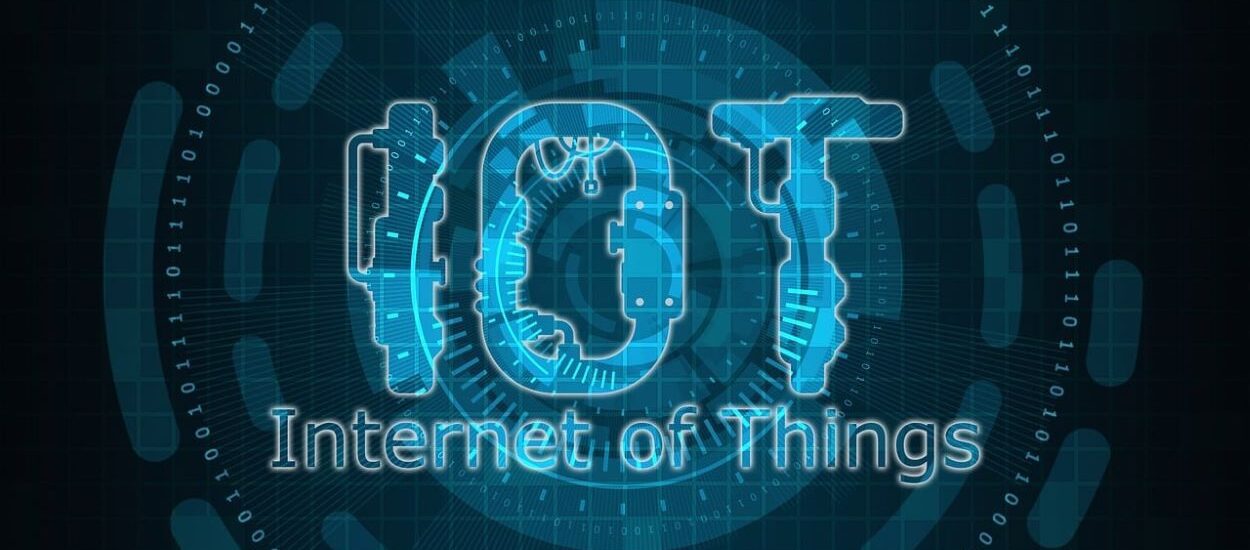
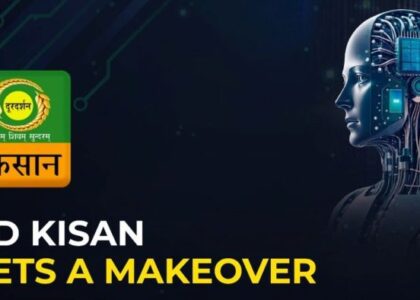


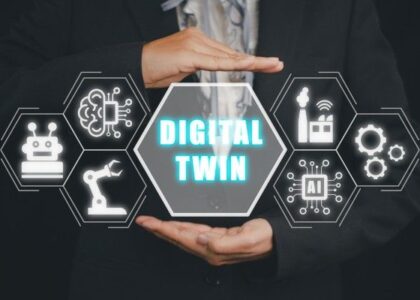
Thanks for the knowledgeable information
Very well explained and detailed information provided.